According to the graph, overall alcohol consumption has decreased from 1961 until 2011. The percentage of beer that is pure alcohol has dropped from 76% down to 42%, while the consumption of wine has increased from 12% up to 37%. Spirits went up from 12% to 20 %.
Alcohol consumption in Australia. ABS
The OECD states that “wine consumption is increasing in many traditionally beer-drinking nations and vice versa.” Still, the fact that the gap between beer and wine in Australia has closed says something about the expressions of national identities.
Global wine trade and changing national tastes
The change in taste of the nation over the last 50 years can be attributed to the post-war migration out of European wine countries, increased national prosperity, women’s increasing power as consumers, and an increasingly technologically advanced wine industry that matches its products to customer preferences.
It is important to note that Australia has a more pronounced wine-making industry than wine consumption. The country is the fourth largest exporter of wine in the world but only the 12th when it comes to per capita consumption.
The desire to export wine, particularly to the UK, dates back to Australia’s colonization. This historical achievement has been highlighted by Australia’s position as the UK’s top source of wine. It is ahead of France, Italy and the US. This has a deeper impact than might be apparent at first.
Wine commerce is a long-standing indicator of economic maturity in global trade. Hazel Murphy of the UK, who was responsible for bringing Australian wine to British supermarkets, explained this phenomenon from an Old World European point of view: dominance in wine export signals a coming-of-age.
Alcohol is a central part of Australian culture. However, it is not only an individual activity but also one that is inherently social. Sociological research reveals a strong link between consumption and identity. Alcohol consumption is not only a personal choice but also a matter of cultural taste.
Although the focus of concern over drinking habits has been on how much alcohol people consume, what they drink also says a lot about how people identify with certain social groups, lifestyles, and cultural values. This has implications for the complexity and diversity of national identity.
Wine is a sign of culture, not only cultural identity. The research shows that light beer is the most popular alcohol among Australian binge drinkers, followed by fortified or bottled wine. This is reminiscent of European folklore that linked wine and responsible drinking.
From the 1860s, beer became the preferred drink of the working class. Cambridge Brewing Co.
Residents of European wine-producing countries were considered to be more civilized (and better behaved) in the 1800s than those who drank alcohol that was brewed or distillated. The association between wine consumption and civilized behavior was a surprising influence on the colonial Australian ruling class, who looked towards Europe as well as Britain for their cultural environment.
A ‘civilising drink’?
Intemperance movements, wine was promoted as “a civilizing drink,” and its consumption was associated with self-restraint, in contrast to spirits and beer. The 1850s Gold Rush led to a rise in binge drinking, which prompted attempts to legislate more cheap wine production to encourage sobriety.
In the decades that followed, it was not surprising that the colonial Australians of British descent, who were the majority, refused to become wine drinkers. Their preferred drink was beer or ale and, to a lesser degree, rum.
In NSW, beer was consumed ten times as much in 1901 than wine or spirit. In the 1950s, beer was firmly entrenched as a symbol of “Australianness.” The 1962 “Scale of Australianism” was a bizarre psychological test designed to measure the understanding of the “New Australians” on how to assimilate into contemporary Australian culture.
The test asked respondents whether they agreed with the statement “a good way to spend a man’s spare time with friends is around a keg beer” or disagreed that “wine would be a good beverage to offer a visitor”.
This resistance to wine drinking was a reflection of white Australians’ fears that a change in lifestyle would weaken Australia. These fears have been proven unfounded. Australians are turning to wine in an environment where there is a greater social acceptance of gender, class, and cultural identity diversity.

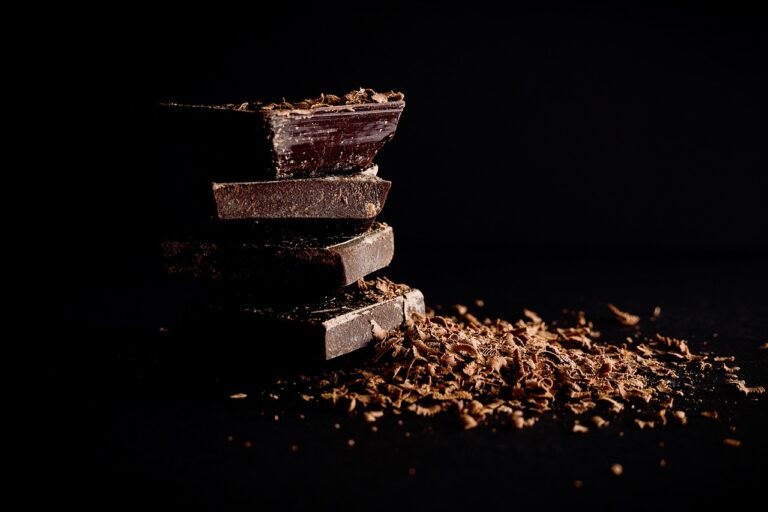
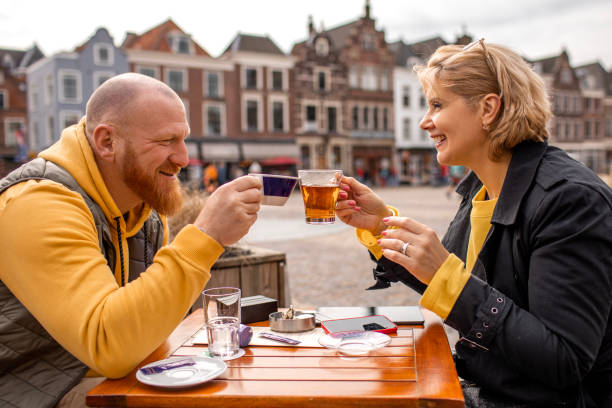
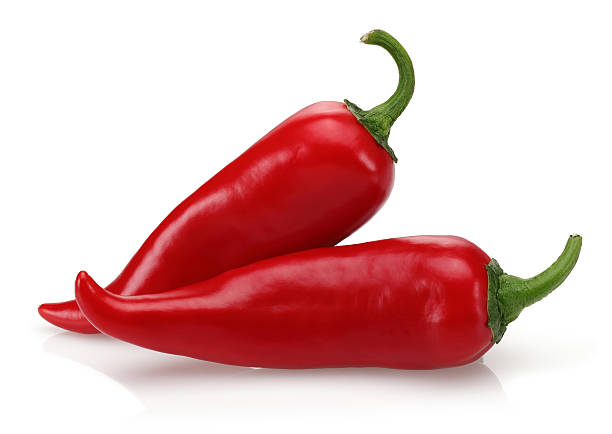
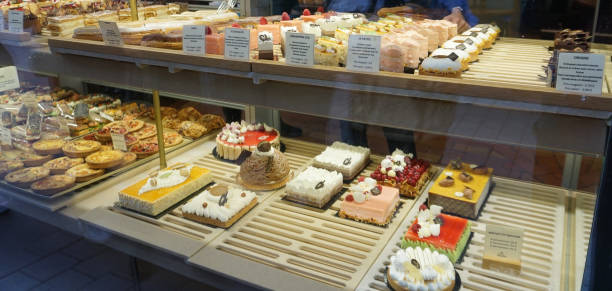
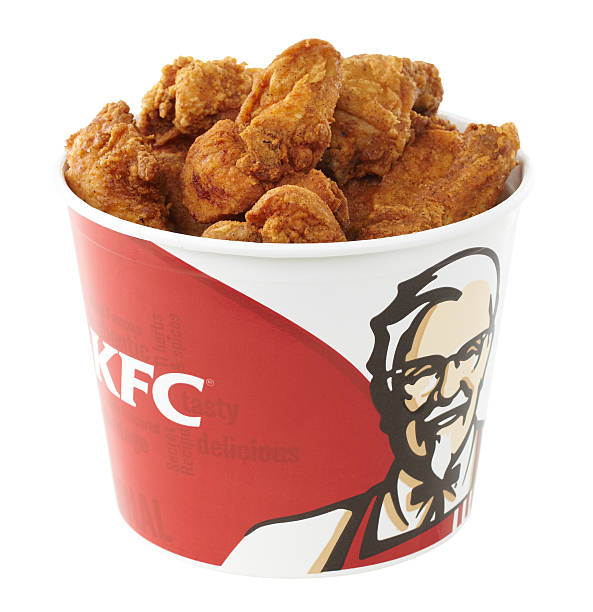


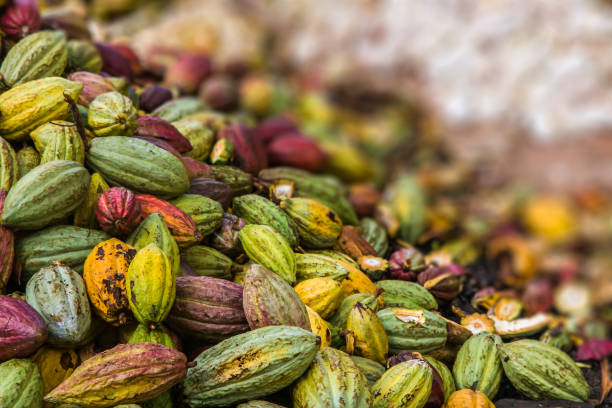



+ There are no comments
Add yours